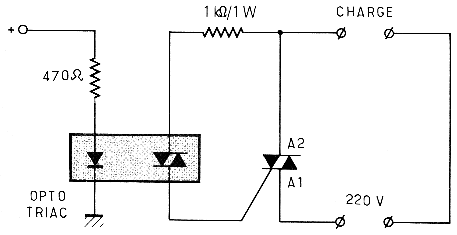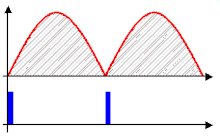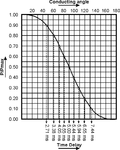majinbuu
Newbie level 5
i m trying to interface optocoupler moc3021 with controller , the problem that i m facing is that , when i give 5v to its anode and 0 to its cathode , the bulb as my load should glow completely but it is not glowing at all , can someone please help on this , please someone help me out.....


